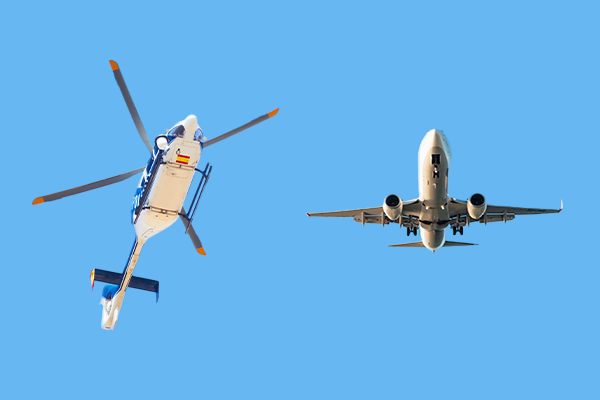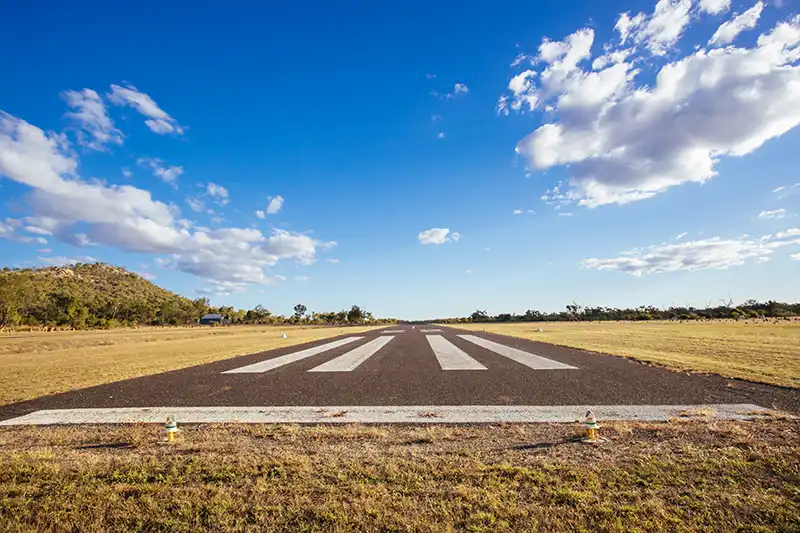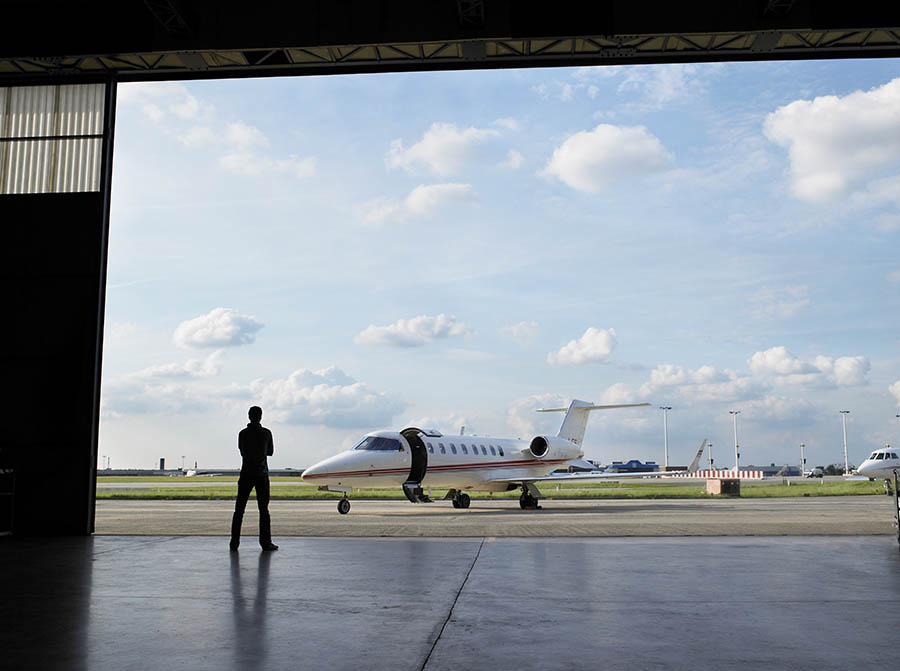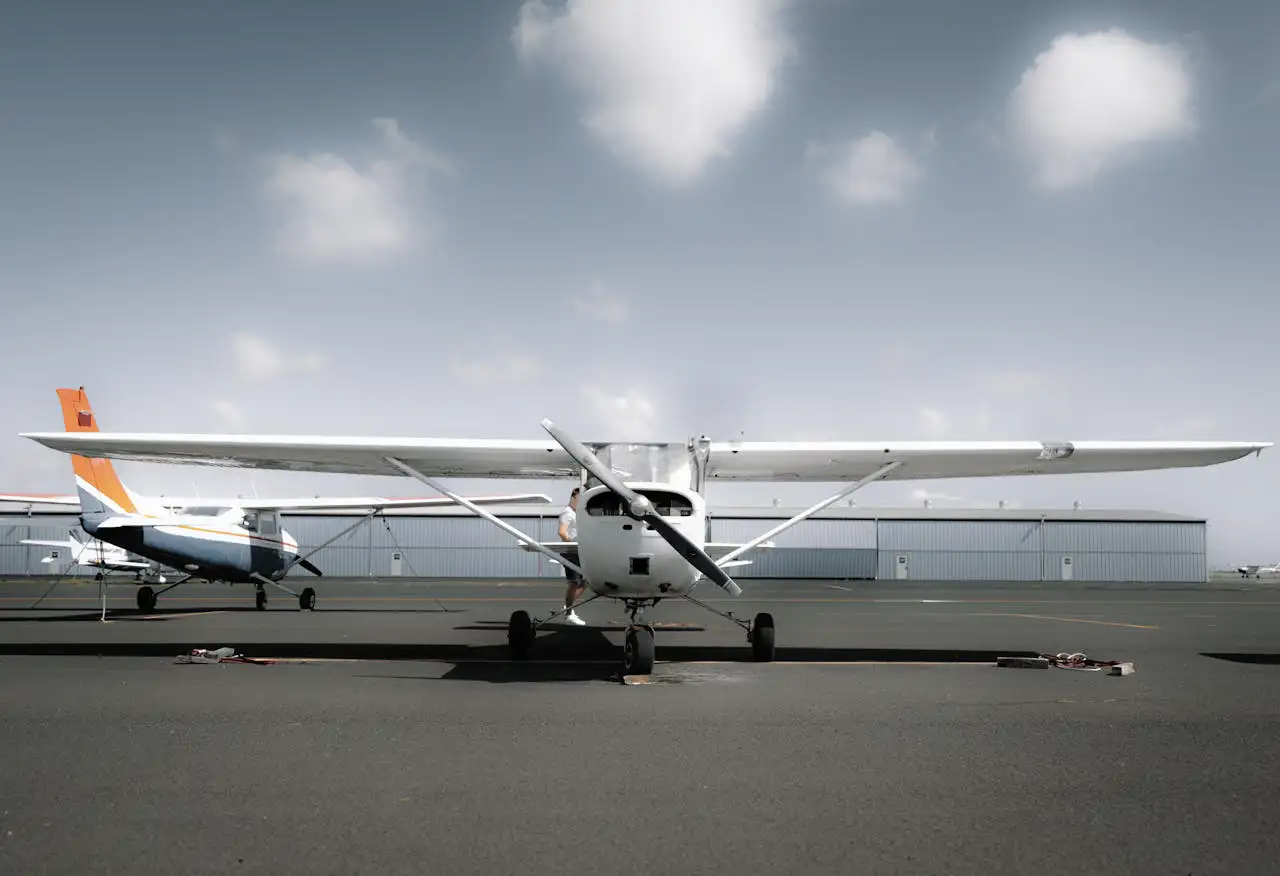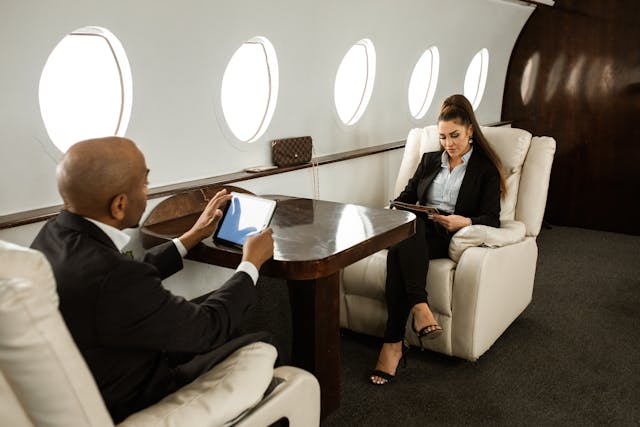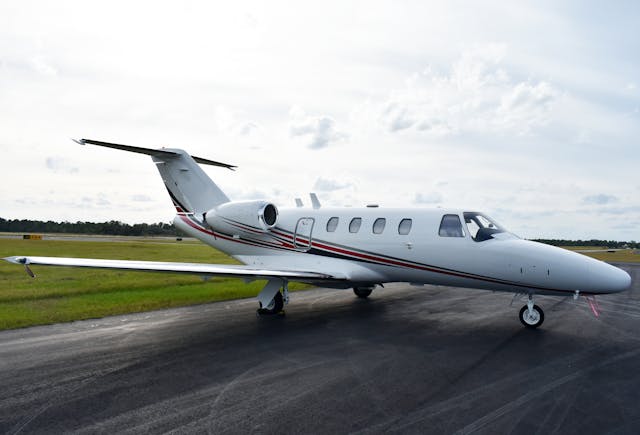When it comes to aviation, the choice between flying a helicopter or an airplane is often a matter of personal preference and the specific requirements of the mission. Both aircraft types offer distinct advantages and serve different purposes based on their design, capabilities, and operational characteristics. In this blog, we will delve into the debate of helicopters versus airplanes and explore their various uses in different scenarios.
- Helicopters: Mastering the Art of Vertical Flight Helicopters are renowned for their ability to hover, take off, and land vertically. This unique feature enables them to access confined areas and land in remote or challenging locations. Helicopters excel in applications such as search and rescue missions, emergency medical services, and aerial firefighting. Their maneuverability and versatility make them indispensable in situations that demand precise control, low-speed operations, and the ability to hover in a fixed position.
- Airplanes: Speed, Efficiency, and Long-Distance Travel Airplanes, on the other hand, are designed for efficient forward flight, higher speeds, and long-distance travel. With their fixed wings and streamlined bodies, airplanes offer greater fuel efficiency, extended range, and higher cruising speeds compared to helicopters. This makes them the preferred choice for commercial air travel, cargo transportation, and intercontinental flights. Airplanes are also widely used in military operations, aerial surveys, and agricultural applications.
- Versatility in Different Industries and Applications The versatility of helicopters and airplanes is evident across a wide range of industries and applications:
- Transportation: Airplanes dominate the commercial aviation industry, offering fast and efficient travel for passengers and cargo over long distances. They connect cities, countries, and continents, facilitating global mobility and trade.
- Emergency Services: Helicopters play a vital role in emergency medical services (EMS), providing rapid transportation of patients from accident sites to hospitals. Their ability to land in small spaces and access remote areas allows for swift response and timely medical care.
- Law Enforcement: Helicopters are extensively used in law enforcement operations, including surveillance, search and rescue missions, and traffic monitoring. Their agility and ability to quickly cover large areas make them valuable assets in crime prevention and response.
- Tourism and Sightseeing: Both helicopters and airplanes offer thrilling experiences for tourists and sightseers. Helicopter tours provide up-close aerial views of landmarks, natural wonders, and cityscapes, while scenic airplane flights offer a broader perspective and cover larger areas.
- Offshore Operations: Helicopters play a crucial role in offshore oil and gas operations, transporting personnel, equipment, and supplies to and from offshore platforms. Their ability to perform vertical takeoffs and landings on floating vessels is essential in this industry.
Conclusion: The choice between flying a helicopter or an airplane depends on the specific requirements of the mission, the nature of the task at hand, and personal preferences. Helicopters excel in maneuverability, vertical flight capabilities, and accessing confined areas, making them ideal for applications such as search and rescue, aerial firefighting, and emergency medical services. Airplanes, on the other hand, offer speed, efficiency, and long-range travel, making them the preferred choice for commercial aviation, cargo transportation, and intercontinental flights. Both aircraft types play critical roles in various industries, highlighting their unique advantages and applications in the dynamic world of aviation.

